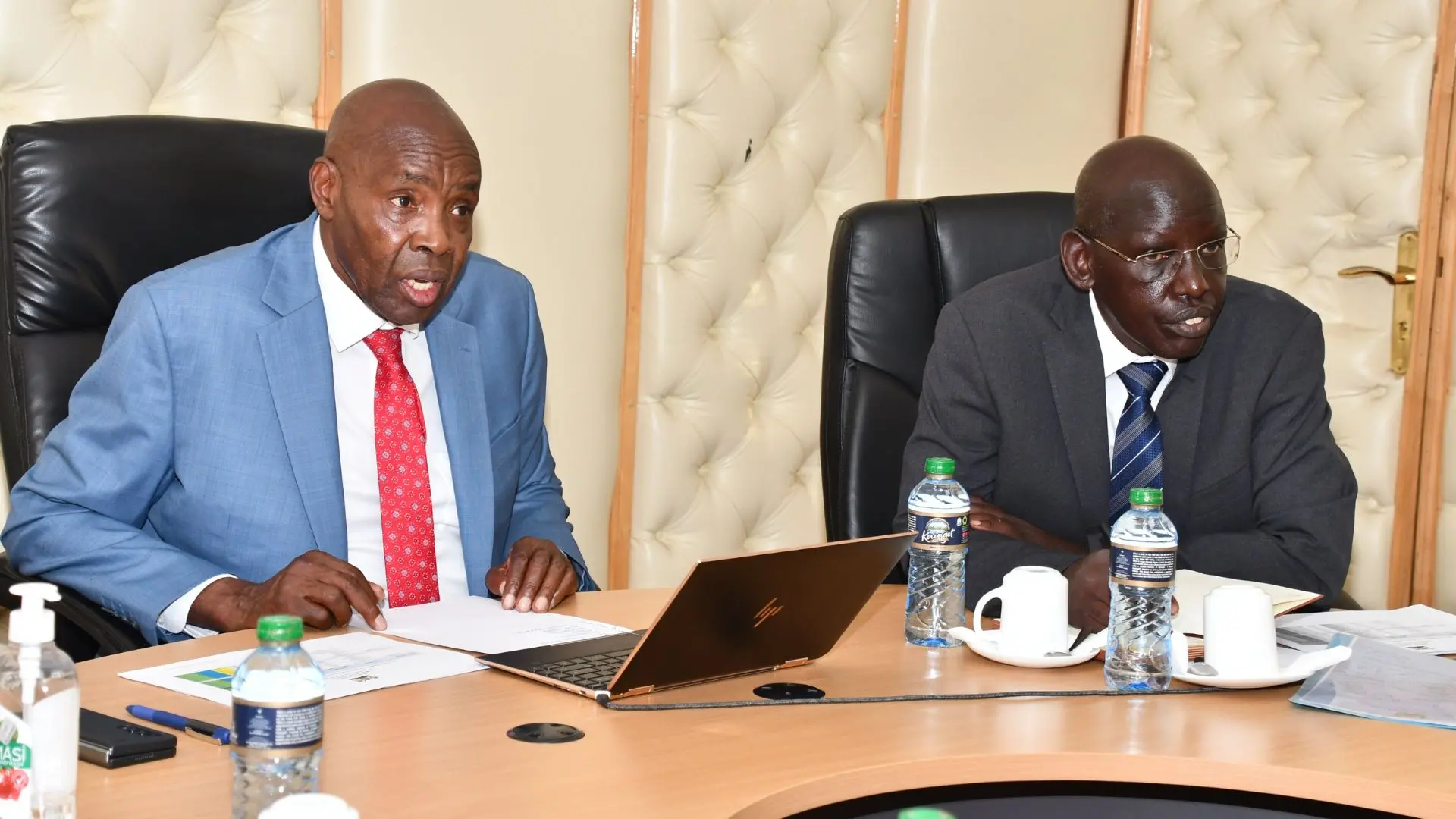Concerns Over Grade Nine Preparedness: Current Infrastructure and Teacher Shortage
Education stakeholders are grappling with the pressing question of whether six months is sufficient time to establish necessary infrastructure for Grade Nine students.
The government faces the dual challenge of constructing classrooms and laboratories and addressing a severe teacher shortage for junior secondary school (JSS) learners.
Introduced last year, JSS includes Grades Seven, Eight, and Nine. There is growing concern about the lack of readiness for the first cohort of students under the Competency-Based Curriculum (CBC) expected to finish JSS next year.
Stakeholders’ Views
Moses Nthurima, acting Secretary-General of the Kenya Union of Post-Primary Education Teachers (Kuppet), expressed doubts about the government’s preparedness for Grade Nine.
He questioned whether the government could complete the necessary facilities between July and January next year.
He suggested that learners should transition to secondary schools, which have adequate classrooms and laboratories, noting that next year there will be no Form One classes, leaving classrooms empty.
Nthurima criticized the decision to place JSS in primary schools, highlighting the lack of infrastructure such as laboratories, libraries, sports facilities, and sufficient classrooms necessary for secondary-level education.
He also pointed out the significant teacher deficit in JSS, with most classes having just one or two teachers for over 12 learning areas. Additionally, many teachers are trained in humanities, undermining the teaching of sciences and mathematics.
Approximately 10,000 principals from public schools are urging the government to move Grades Eight and Nine to secondary schools. Kenya Secondary Schools Heads Association National Chairman Willy Kuria emphasized that secondary schools are better equipped with classrooms, laboratories, and other facilities.
Government Response and Financial Allocation
Education Cabinet Secretary Ezekiel Machogu sought to alleviate concerns, announcing that the government allocated Sh3.5 billion for constructing 1,000 additional classrooms in primary schools.
An additional Sh3.9 billion, matched by the National Government–Constituency Development Fund, is designated for classroom construction at the constituency level.
The Ministry of Education recently disbursed significant funds to schools: Sh2.7 billion to primary schools, Sh14 billion to JSS, and Sh18.8 billion to secondary schools.
This follows previous allocations of Sh4.7 billion to primary schools, Sh15.1 billion to JSS, and Sh32.4 billion to secondary schools.
Machogu explained that delays in capitation were due to delayed Exchequer disbursements and assured proactive follow-ups to ensure timely fund distribution.
Curriculum Framework and Stakeholder Support
The CBC is based on Sessional Paper No. 1 of 2019 and the Basic Education Curriculum Framework of 2017, both approved by Parliament.
Machogu stated that the Presidential Working Party on Education Reform, after consultations, recommended maintaining the current structure with 51.2% support.
ALSO READ: Treasury Disburses Sh36 Billion School Capitation Funds
The recommendation to place JSS in primary schools considered factors such as the psychosocial age of learners and the cost-effectiveness of using vacant Standard Seven and Eight classrooms.
This recommendation received 93% support from stakeholders and the public.
Basic Education Principal Secretary Belio Kipsang assured stakeholders that the government plans to build over 16,000 new classrooms starting next week to accommodate Grade Nine learners by January 2025.
Concerns Over Grade Nine Preparedness: Current Infrastructure and Teacher Shortage
Follow Teachers Updates on Facebook, LinkedIn, X (Twitter), WhatsApp, Telegram, and Instagram. Get in touch with our editors at [email protected].


Discussion about this post